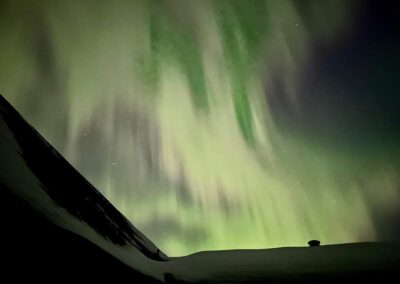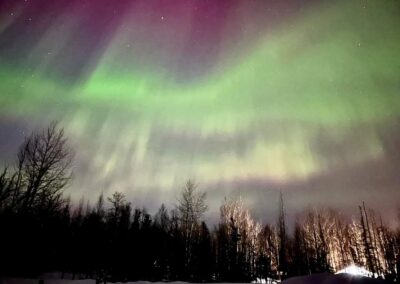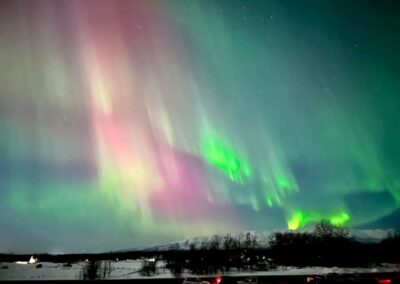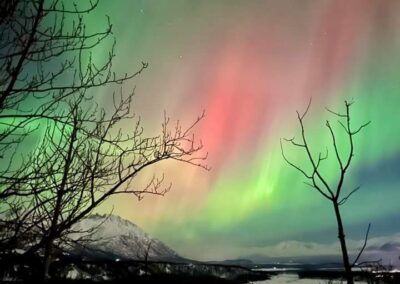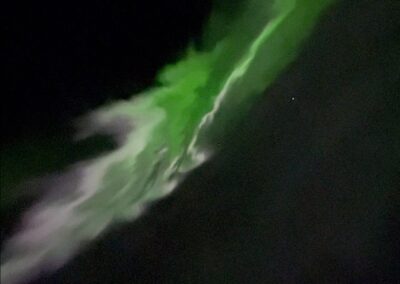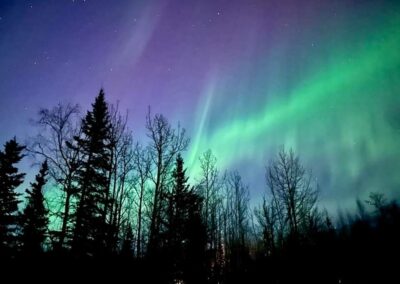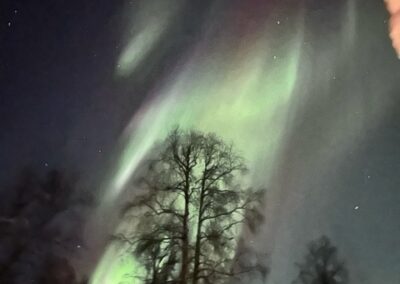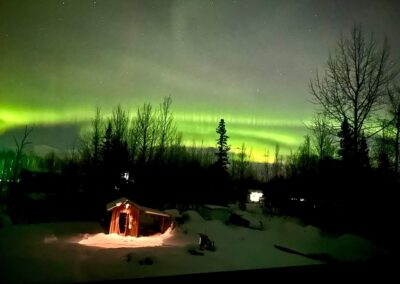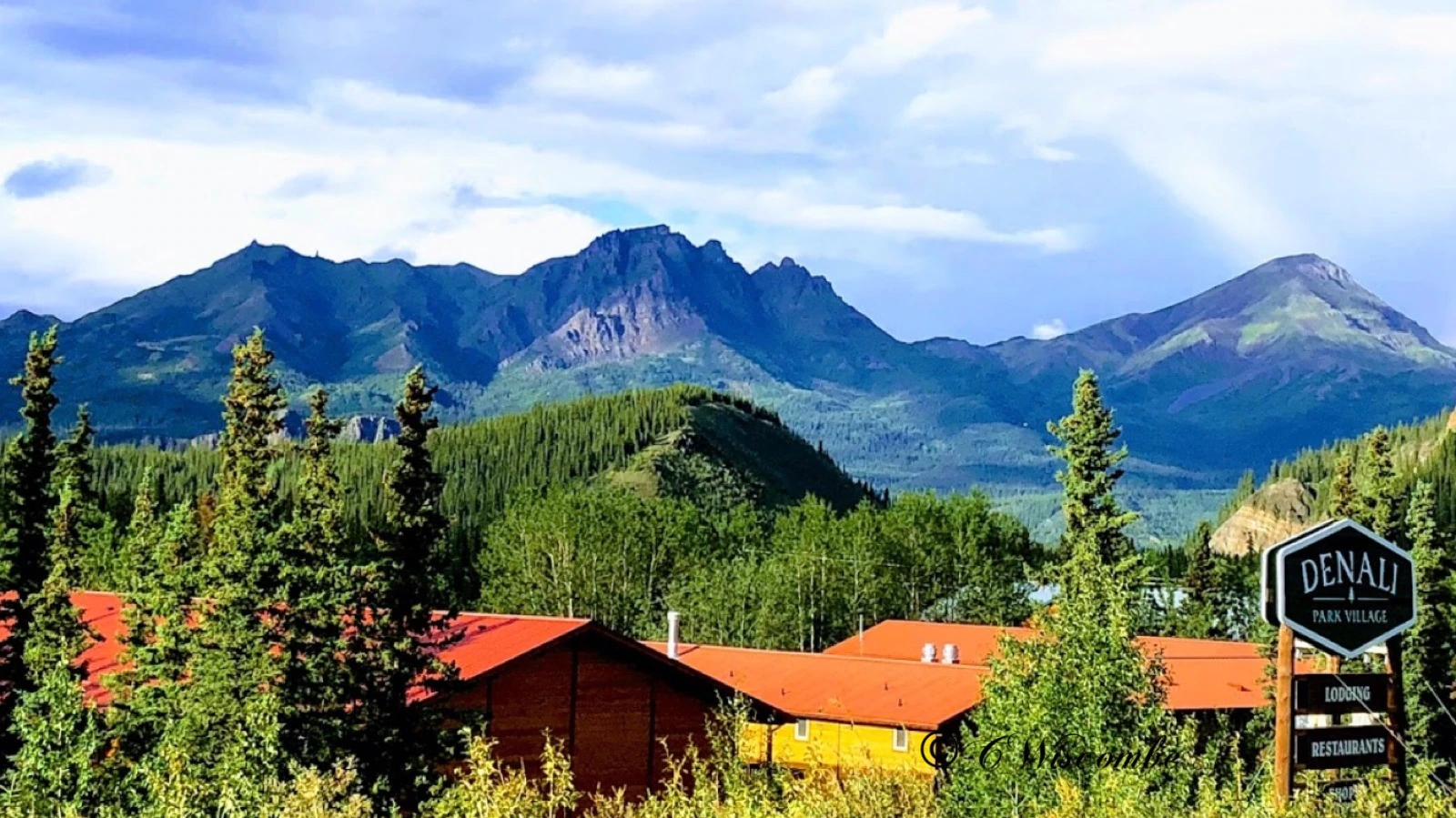Weather
Alaska – Land of Extremes
Weather Info:
Click here for current weather:
-
Time Zone: Alaska
(Standard Time: GMT -9 hours, DST: GMT -8 hours) -
Coordinates: Latitude 62.32 & Longitude -150.23
South
——————————————-
South: The south-central region of Alaska, which is where Anchorage is located, tends to be a bit milder than other parts of the state. Falling along the coast, this area stays a bit warmer and drier than other parts of the state. Summer in this area is warm, but not hot, while winters can be surprisingly cold, often due to strong winds that blow into the region from the southeast.
Southeast: The southeast section of Alaska is dominated by the Pacific Coastline and the temperate rainforests that are common throughout the area. Here, the temperatures are the warmest in the entire state, but so is the annual rainfall. The most torrential rains come in the fall, typically in October. Conversely, May and June are the driest months, although storms can still be frequent at that time of the year too.
West
——————————————
West: Western Alaska is a subarctic zone that varies widely in its climate. This has a dramatic impact on temperature and precipitation, with some areas along the coast of the Bering Sea seeing frequent rainfall, while other regions are high alpine deserts with less than 10 inches of rain annually. Other areas see ten times that amount, with temperatures varying just as widely.
Interior
——————————————
Interior: Another subarctic region, Alaska’s interior is remote, rugged, and demanding. The weather and climate there reflect this disposition, often bringing both the warmest and coldest temperatures to the same areas. In the summer, it is not uncommon for temperatures to climb above 90 degrees Fahrenheit, while in the winter they can plummet to -50 degrees as well. Precipitation is at a minimum throughout the year, with the heaviest coming from October to April and usually in the form of snow. Between November and March, the area can also experience ice fog, which appears much like regular fog but is actually ice crystals suspended in the air. As you can imagine, this can be a particularly dangerous phenomenon for those unaccustomed to it.
Artic North
——————————————
Arctic North: The extreme northern regions of Alaska feature cool, very short summers and long and frigid winters. Here, the length of the day varies wildly throughout the year as well, with complete darkness during the winter months and 24 hours of sunshine in the middle of summer. The climate can be harsh and unforgiving, with temperatures that can drop well below freezing for weeks at a time.
What to expect
Alaska has always been known as a land of extremes when it comes to weather and climate. After all, this is a place that once registered a record cold temperature of -80 degrees Fahrenheit in the winter and a record summer high of 100 degrees Fahrenheit as well. Because of this, breaking down the weather for visitors to Alaska can be a bit tricky, as its southern regions with long coastlines can be surprisingly temperate at times, while its rugged and wild interior can be every bit as unforgiving and challenging as you would expect. Of course, Alaska’s Arctic is an entirely different climate zone altogether, with its own characteristics and temperament.
If you’re planning to visit “the last frontier,” knowing what to expect can play a significant role in how you prepare and what you pack. Here are some things to keep in mind before your trip to Alaska.
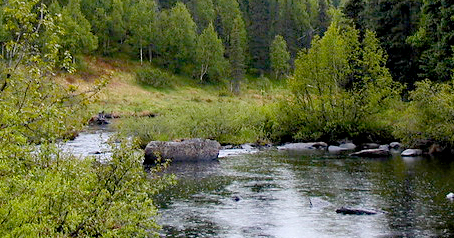
Spring
Spring in Alaska can be slow to arrive, but when it does, it brings warmer temperatures, melting snow, and an explosion of blooming wildflowers and the return of wildlife too. This shift in seasons comes earliest in the south, of course, and can take weeks longer before arriving in the extreme north. Throughout the spring, daytime temperatures will slowly rise from cold, to cool, to warm, while the nights will remain cold. The amount of daylight grows significantly during this time of year as well, with the sun hanging in the sky with additional minutes with each passing day.
What to pack: With the days getting steadily warmer but the nights remaining cool, bring plenty of layers. A down jacket will be helpful throughout much of the spring, with base layers and a fleece underneath to provide versatility, as conditions shift on an almost daily basis.
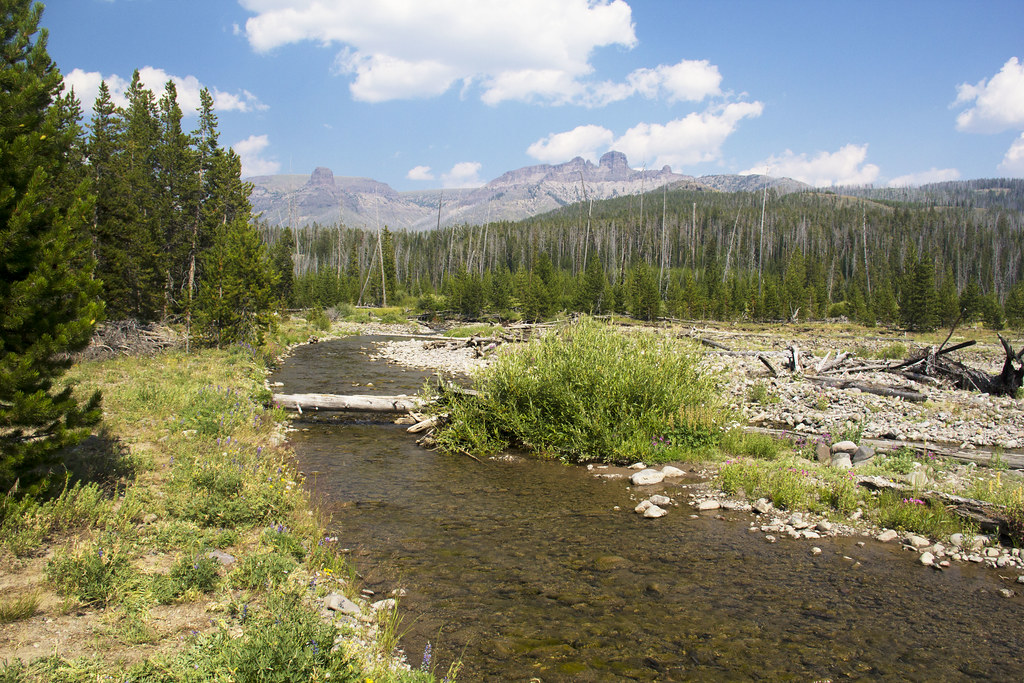
Summer
During the summer months, Alaska becomes the Land of the Midnight Sun, with daylight lasting for as much as a full 24 hours depending on where you’re at in the state. The season tends to last from mid-June to mid-September, and while it certainly gets plenty warm, temperatures are rarely blazing hot. Summer is a fast and fleeting month in Alaska, but a welcome respite from the cold that dominates much of the rest of the year.
What to pack: In the summer, shorts, t-shirts, and light clothing are fine even in Alaska. But be sure to pack an extra layer or two, and a light jacket just in case. The nights can be chilly at times, and you’ll be glad you have some extra warmth if you need it.

Autumn
Fall arrives quickly in Alaska, with bold colors marking the leaves in the forests. Those colors start to take hold in September and hold on for a few weeks into October. After that, temperatures begin to drop, and precipitation begins to rise, as the state prepares to welcome the return of snow, ice, and cold weather once again. The days also start to get shorter, too, with a noticeable loss in daylight hours daily.
What to pack: Much like spring, you’ll want extra layers to have at your disposal should you need them. A down jacket is a good bet, as is a rain shell and rain pants if you’re going to be spending more time outdoors. Gloves, hats, and warm socks and boots will come in handy too. Conditions can vary dramatically from day to day, so having a sound layering system can make all of the difference.
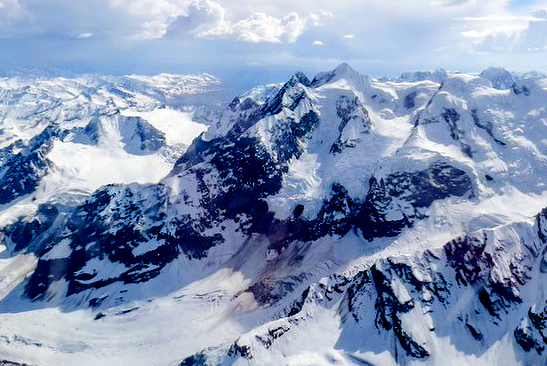
Winter
The onset of winter means cold temperatures, frigid winds, and potentially heavy snowfalls are not far off either. The days get extremely short at this point, with some portions of Alaska seeing 24 hours of darkness. Travel can be challenging and difficult, with weather delays preventing departures, but those who are hardy enough to brave the conditions will find plenty of adventure in Alaska’s wild frontier.
What to pack: Bring your warmest gear, including heavy parkas, snow pants, thermal layers, fleece jackets, gloves, hats, boots, and thick socks too. You’ll want to stay warm on your winter outings, which means you’ll need the best winter travel apparel that you have at your disposal.

